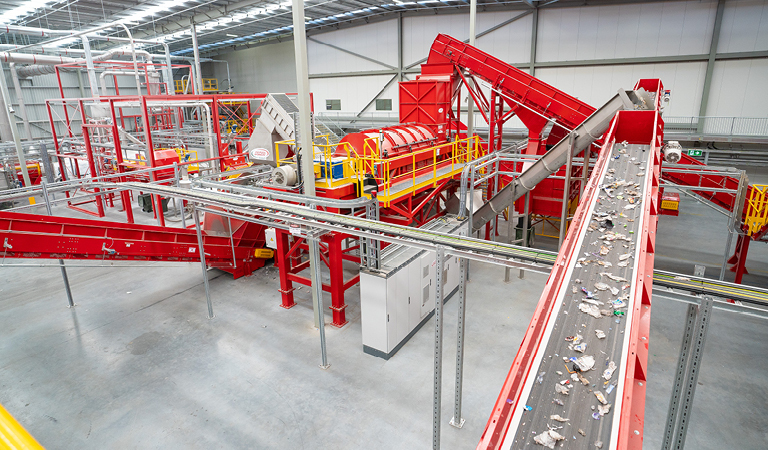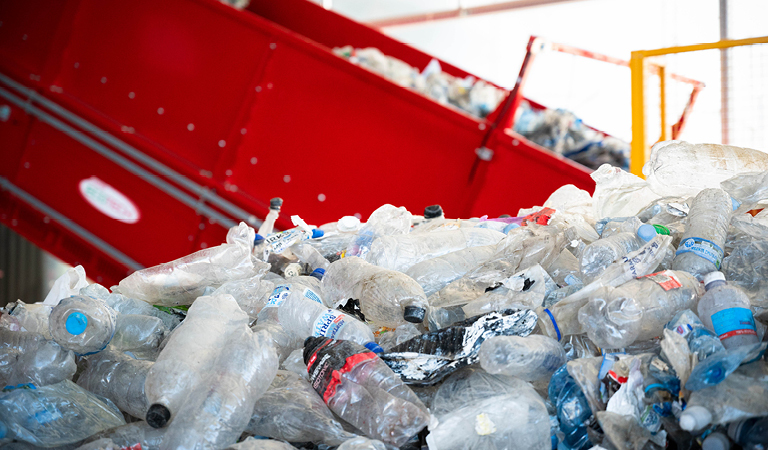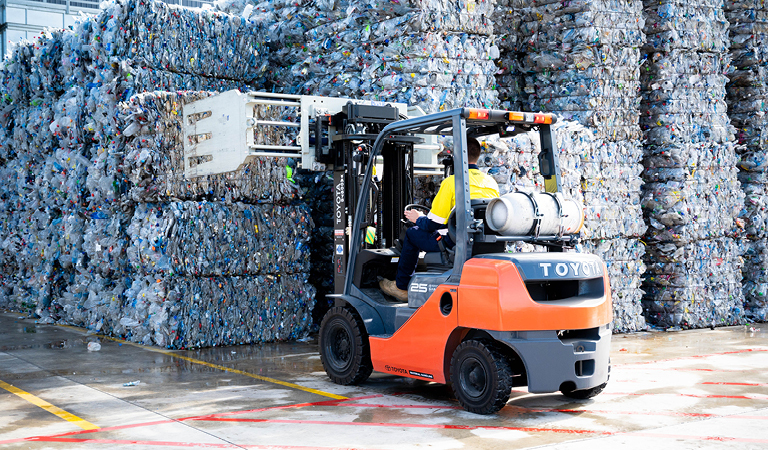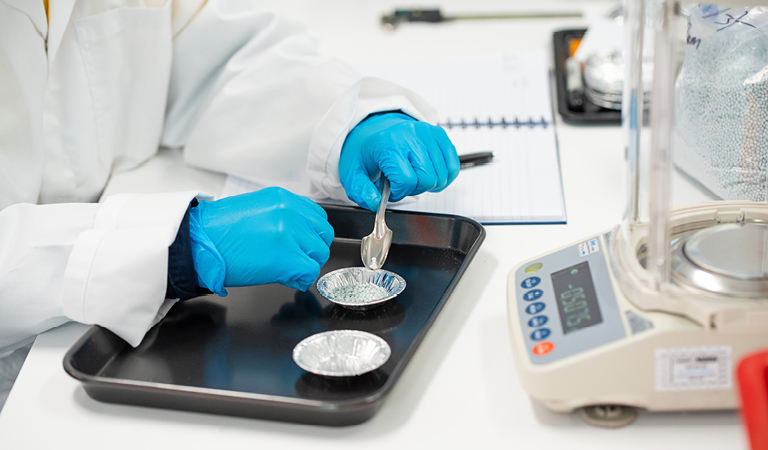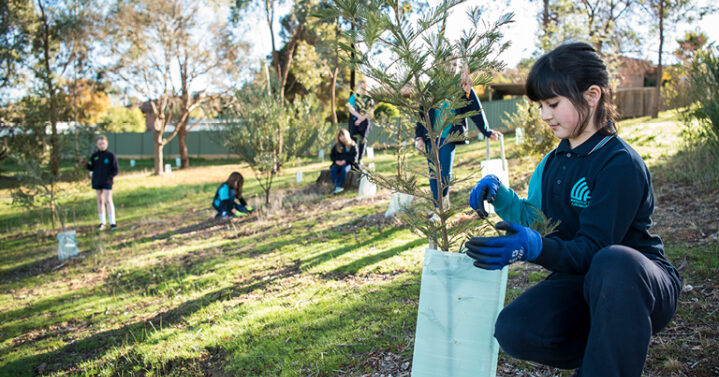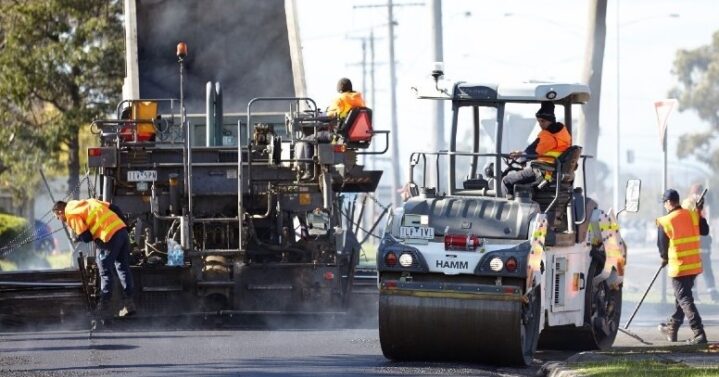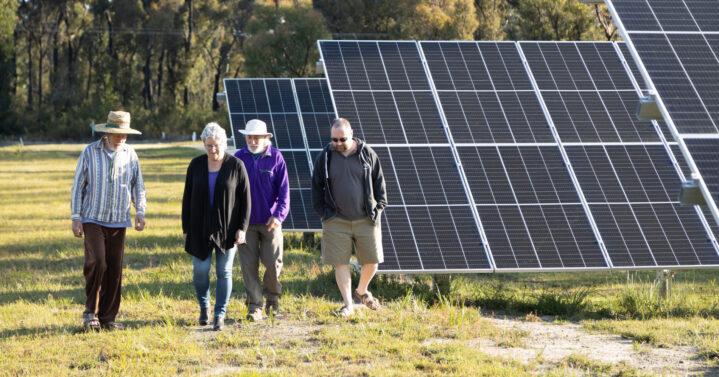SV20: From environment to economy
In 2025, Sustainability Victoria (SV) is celebrating 20 years of changing what’s possible. We’re looking back at some of our most memorable, exciting and transformative projects delivered on behalf of the Victorian Government.

Circular Plastics Australia recycling investment
What we did
In 2021, Sustainability Victoria facilitated millions in industry investment to implement an innovative, circular bottle recycling solution, closing the loop between recycling, design and manufacturing in the beverage industry.
The Circular Plastics Australia (PET) recycling facility in Altona North, a joint venture between Pact Group, Cleanaway Waste Management, Asahi Beverages, and Coca-Cola Europacific Partners, provides a bottle-to-bottle solution enabling up to one billion plastic beverage bottles to be recycled every year into high grade resin which is used to make new beverage bottles and food packaging.
Why it matters
As a trusted partner for government and industry, SV has shifted the dial on sustainability from ambition to action. By identifying market-ready solutions and de-risking innovation, we’ve catalysed major investment in recycling and resource recovery, leveraging more than half a billion dollars in funding from industry and government.
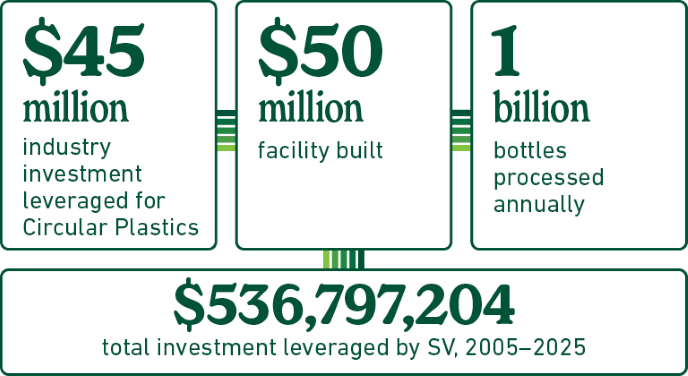
20 years driving investment in sustainability
When you grab a vending machine staple to quench your thirst, you might spot something interesting on the label: 100% recycled.
Seeing circularity in action, through the brands we encounter every day, is a timely reminder to Victorians that their efforts to recycle are paying off, and that our state’s circular economy ambitions are alive and well.
And that ‘100% recycled’ on the label is a turning point behind the scenes too.
It’s the result of Circular Plastics Australia, a landmark joint venture between Pact Group, Cleanaway Waste Management, Asahi Beverages, and Coca-Cola Europacific Partners (CCEP), formed to provide a bottle-to-bottle solution to accelerate the local plastic circular economy.
The $50 million plant constructed in Altona North is the largest of its kind in Victoria. It recycles used beverage bottles collected through the Container Deposit Scheme as well as PET plastic packaging from household and office recycling bins into high-quality food-grade resin, which is then used to make new recycled beverage bottles and food packaging such as meat trays and fruit punnets.
‘It was a step change. A step change for Australia, and Victoria, in closing the loop on PET recycling’
Sustainability Victoria, on behalf of the Victorian Government, facilitated $45 million in private sector investment for the project, which was combined with $6 million in co-funding through the Australian Government’s Recycling Modernisation Fund and the Victorian Government’s Circular Economy – Recycling Modernisation Fund.
Building confidence within business and industry to invest in sustainability is a critical step on Victoria’s path towards a net-zero circular economy.
The transformation:
Beyond brands and towards industry-wide solutions
Andrew Smith has been in the industry even longer than Sustainability Victoria, having spent his career as executive General Manager of the Recycling and Sustainability Division at Pact Group, and now as a circular economy specialist in an advisory role.
He explains how the facility represents a true industry-wide solution to boost local recycling and reduce reliance on virgin PET plastic and imported resin products.
CCEP and Asahi Beverages joined forces for this project, despite being competitors in the beverage market.
‘It’s a world class facility in terms of scale, technology and quality, but the real innovation was in the partnerships up and down the supply chain,' he says.
'You've got four large companies, two massive global companies, and two big Australian companies like us. To bring partners like that together takes a lot of time – it took months of work. But we got there.'
‘It was a magnificent example of industry collaboration. We can rise above our own businesses to provide an industry solution. That's what we’re most proud of … it’s quite difficult to execute an industry-wide solution at that scale.’
CEO of national peak body the Australian Council of Recycling, Suzanne Toumbourou, says partnerships have been pivotal as Victoria leads: ‘blazing the trail’ turning problematic material streams into something of value.
‘We’ve seen that spearheaded to a large extent through Sustainability Victoria’s initiatives and funding,' she says. ‘Not just the money that comes through SV, but the partnerships that are brokered as well.’
The impact:
Large-scale investment for large-scale transformation
Harnessing the collective efforts of major brands has enabled Victoria to scale-up its local recycling capacity quickly: operations at Circular Plastics Australia now represent around 30% of Australia’s total PET processing capacity.
Scale is key to unlocking the true potential of business and industry to drive sustainability in Victoria, says Suzanne Toumbourou.
‘We can only really hit our stride in sustainable recycled material if we are scaling markets for locally produced recycled material. Small efforts here and there are not going to get us to bridge the gap we need to get us to a circular economy’ she says.
‘Efforts like Circular Plastics Australia’s project, processing a billion bottles a year, are an example of that. We need to be thinking in the billions.’
Over time, our ability to identify what is investment-ready has increased: the potential to scale, to have transformative impact, and to accelerate the right technologies and industries at the right time.
This is essential not only to maximise overall impact in cutting waste and emissions, but to ensure long-term commercial viability and preserve economic confidence in circular and sustainable solutions.
Andrew Smith says this maturity is reflected in the way infrastructure grant applications are assessed by government agencies like Sustainability Victoria.
‘I think there’s been a transition, a realisation that government needs to support projects that can be scaled and can turn the dial. SV has got that and has become far more sophisticated in the way it assesses projects that come in’
A successful project, he says, needs to be holistically considered, ensuring certainty of raw material supply, the right processing capability and manufacturing platforms, and demand for the product.
‘What we were able to bring together was addressing those four key elements, and I think that was a formula for success.’
‘In how government assesses what to invest in now, there’s acknowledgement and appreciation of the total supply chain, and if you can bring partners to the project. If you can encourage that behaviour, that'll drive better outcomes. And I think SV has been able to do that.’
The big picture:
Fast-tracking investment in sustainability
The Circular Plastics Australia project is just one of hundreds of projects where Sustainability Victoria has secured third party investment in sustainability and turned it into an economic opportunity.
Over the last two decades, in addition administering more than $250 million of Victorian Government funding, we’ve leveraged more than half a billion dollars in additional investment from government, business and industry.
‘Funding support from government can help remove some of that investment risk and maybe even get projects across the line with final investment decisions’
Consider the big dollars delivering blue-ribbon projects focus on expanding local capacity to sort, process and remanufacture glass, plastic, tyres, paper and cardboard.
In addition to Circular Plastics Australia, we’ve supported projects like the $42.5 million installation of Australian-first drum pulper technology at Visy, which will enable Victoria to recycle 40% more paper and cardboard, a large-scale plastics recycling facility through Martogg, and in regional Victoria, ASQ will process glass equivalent to 20 million beer bottles per year with new washing technology.
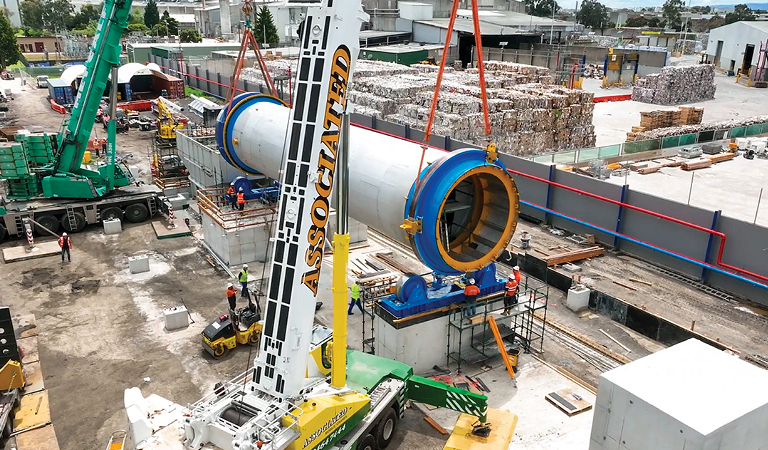 Visy’s Australian-first drum pulper is lifted into position at the company’s Coolaroo paper mill. To facilitate the project Sustainability Victoria leveraged millions in investment from Visy on behalf of the Victorian Government.
Visy’s Australian-first drum pulper is lifted into position at the company’s Coolaroo paper mill. To facilitate the project Sustainability Victoria leveraged millions in investment from Visy on behalf of the Victorian Government. We’ve also invested in business and industry outside the resource recovery sector, supporting first movers to trial new business models that leverage sustainability as an economic opportunity.
We’ve accelerated businesses to design out or reduce waste with funding through the Circular Economy Business Innovation Centre (CEBIC). Since 2019, CEBIC has driven the development of more than 140 circular products and services. Critically, 84% of projects continued beyond initial funding, with 69% securing additional investment.
The future:
Meeting market challenges with investment-ready approaches
We know that future investment in our circular economy depends on brokering: matching prospective investors with the right opportunities.
In 2015, SV launched its investment facilitation service, brokering connections between potential investors in Victoria’s circular economy – including policy, regulatory, industry, and finance stakeholders. Through this service, SV has facilitated a pipeline of more than 40 active investment cases worth over $1 billion.
It’s one way we can maximise opportunities in Victoria, driving investment in high-quality circular solutions that are viable in the long-term – and future proofing businesses as climate risk increases.
Despite major steps forward over the past two decades, moving sustainability from an environmental to an economic proposition won’t happen overnight.
‘My overarching reflection is that momentum ebbs and flows in this space,’ says Andrew Smith. ‘I've been around a long time, so I've seen times sustainability has really come to the fore. And then you go through periods where that falls off the radar.’
‘I think we're at the crossroads but hopefully playing a longer game for a more sustainable future. We need to rise above short termism and look at the overall impact.
‘There's been a lot of investment and support behind infrastructure to cater for end-of-life materials that now stay on shore ... we really need to stimulate those local markets to finish that last piece of the puzzle.
‘There're still challenges at every step of the way. It's business. It's tough.’
More stories from 20 years of SV
20 years of changing what’s possible
For two decades, we have led the way to a sustainable future – cutting waste, driving down emissions, and turning policy into real action across homes, communities, and businesses.
But none of it happens without you, Victoria. Your choices. Your drive. Your belief in a better way.
